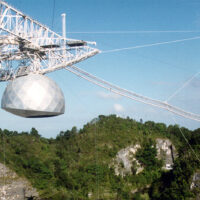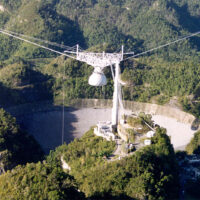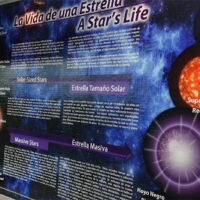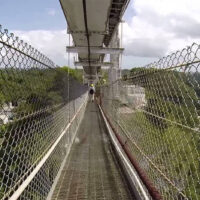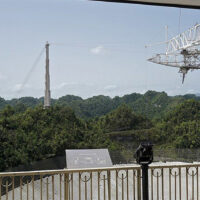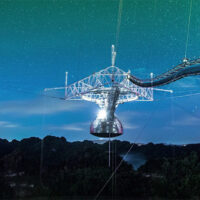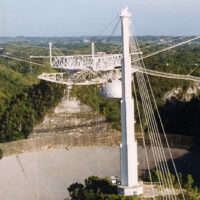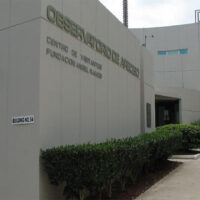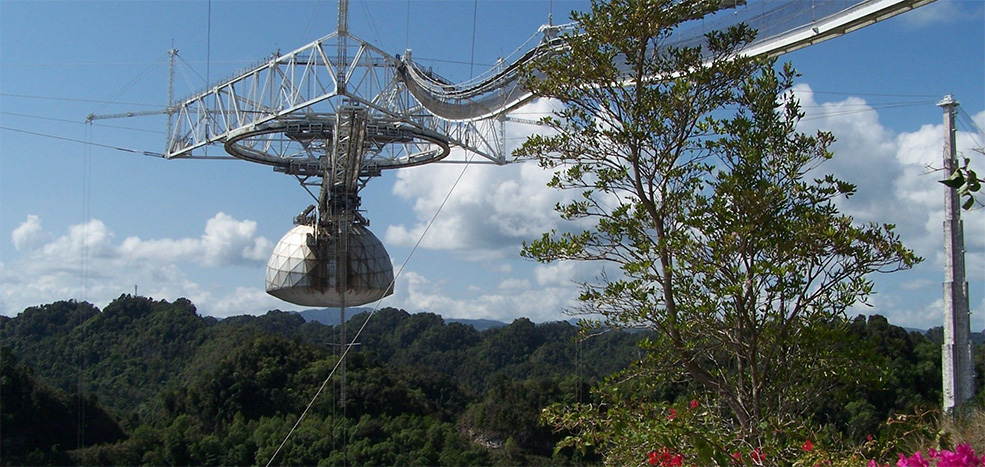
Arecibo Observatory
Arecibo, Puerto Rico
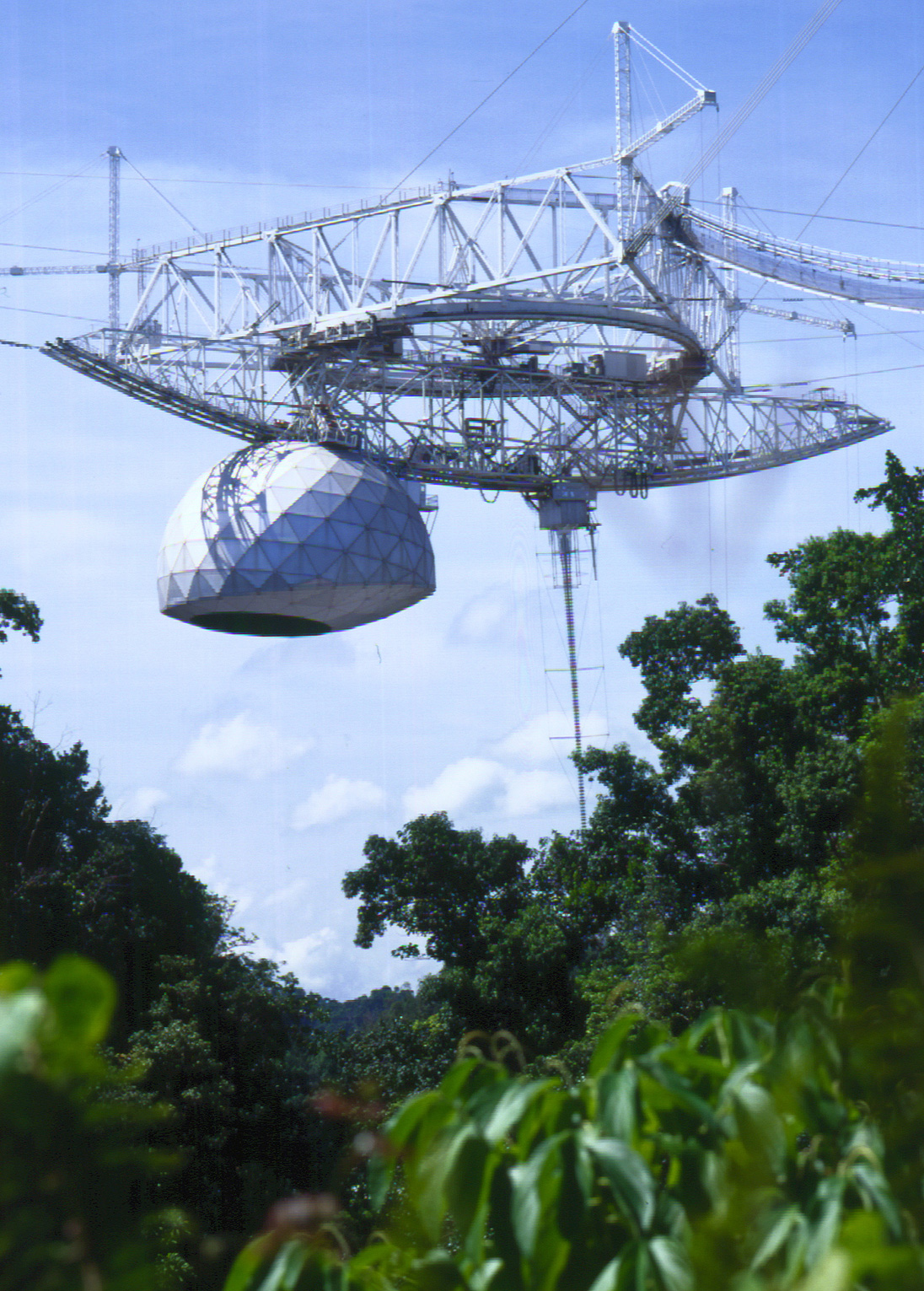
Scientific Legacy
The Arecibo Observatory was a world-renowned scientific facility that made significant contributions to multiple areas of science. Among its most notable achievements are:
- Mercury: In 1965, it revealed that Mercury’s rotation period is 59 days.
- Binary Pulsar: In 1974, it discovered the first binary pulsar, which led physicists Russell Hulse and Joseph Taylor to win the Nobel Prize in Physics.
- Venus: In 1981, it produced the first radar map of the surface of Venus.
- Exoplanets: In 1992, it identified the first known exoplanet.
- It also helped confirm that some asteroids travel in pairs or trios.
Collapse and Transformation
In August 2020, an auxiliary cable of the telescope broke, followed by the failure of a main cable in November of the same year. These incidents compromised the telescope’s structural integrity, leading the National Science Foundation (NSF) to announce plans for a controlled decommissioning. However, on December 1, 2020, the instrument platform unexpectedly collapsed onto the dish, causing severe damage.
Following the incident, the NSF decided not to rebuild the telescope but to transform the site into an educational center. In October 2022, more than $5 million were allocated to establish the Ángel Ramos Science and Visitor Center, expected to open in 2024. This new center focuses on STEM education (science, technology, engineering, and mathematics) and community engagement.
From San Juan, take Route 25 or 26 to Route 18, which in turn leads to Route 22 (Expreso de Diego), heading west. Follow this road for 47 miles and turn right at exit 77B. You will be on Route 129, in the direction of Lares. After less than three miles, turn left onto Route 63 (you will see a Texaco gas station on the corner) and follow this highway for approximately 5 miles until you reach (on the left) onto Route 625. In three miles, you will arrive the observatory.
Science and Visitor Center
Before its closure, the Science and Visitor Center offered interactive exhibits on astronomy, physics, and planetary sciences. It featured an auditorium that screened an educational film and an observation deck with panoramic views. Visitors could also explore a gift shop with books and educational games.
Access and Address
The Arecibo Observatory was located at:
PR-625, Arecibo, Puerto Rico 00612
Although the facility is currently closed to the public, the site remains a symbol of Puerto Rico’s enduring contribution to global science.
Nearby Places:
- Arecibo Lighthouse and Historical Park
- Zanja Fría
- Cueva Ventana
- Statue of Liberty
- Christopher Columbus statue
- Dos Bocas
- Caza y Pesca Beach

